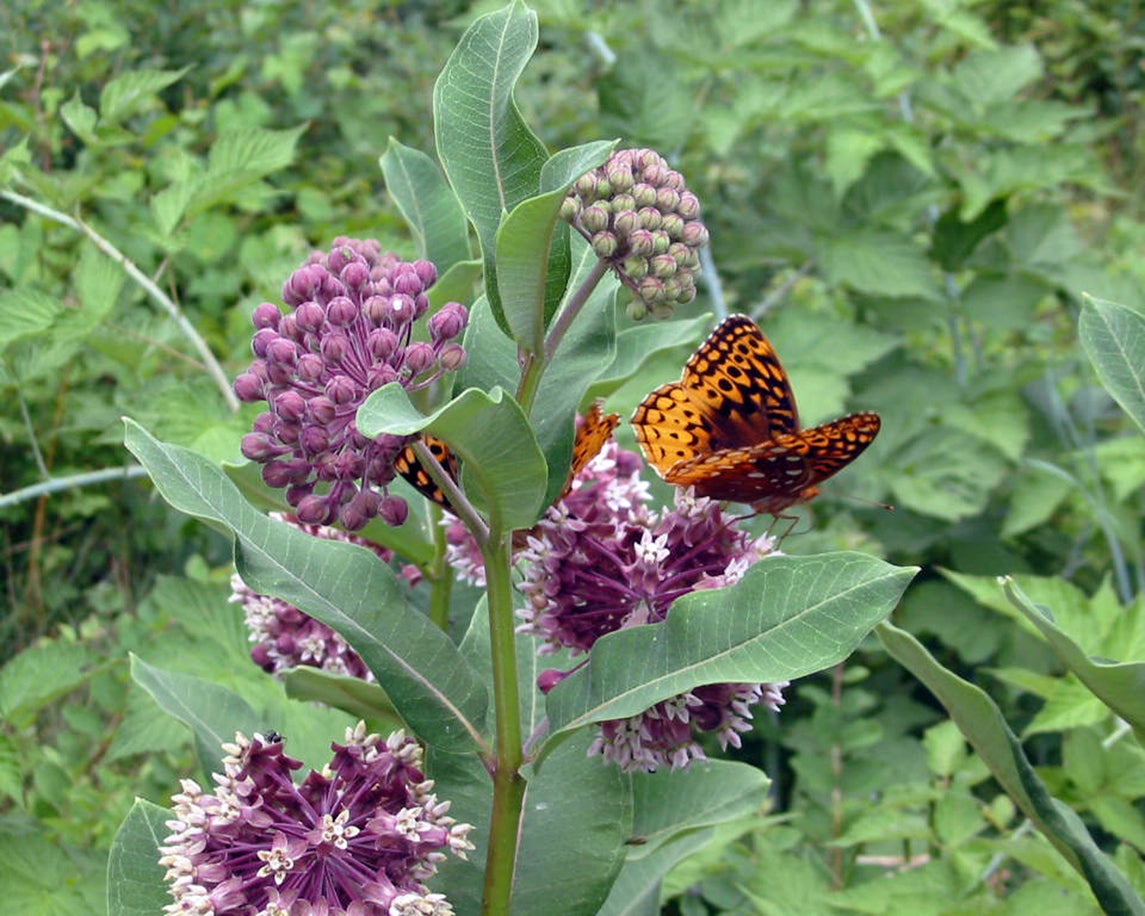No Flowers On Milkweed – Reasons For Milkweed Not Blooming


Each year more and more gardeners are devoting parts of their landscape to pollinator gardens. Once treated like a nuisance weed, now the many different varieties of milkweed (Asclepias spp.) are highly sought out by gardeners wishing to attract monarch butterflies and other pollinators, as the sweet nectar of milkweed blooms attracts a wide variety of butterflies, bees, moths, and hummingbirds. However, your dream of a garden filled with beautiful winged creatures can quickly become crushed if your milkweed won’t flower.
No Flowers on Milkweed, No Worries
Milkweed without flowers can be extremely disheartening to beginner butterfly gardeners. Most people assume milkweed without flowers will not attract any butterflies. Flowers or not, though, female monarch butterflies spend most of their lives seeking out milkweed plants to lay eggs upon. Once these eggs hatch, the caterpillars don’t care if their milkweed host plant has blooms as long as they have plenty of milkweed leaves to eat. Though eventually these caterpillars will have their fill, form chrysalises, and then fly away as butterflies, future generations of these original caterpillars will be drawn by instinct back to the same area to lay eggs for even more generations. In the monarch rearing community, we have a borrowed saying about milkweed and monarchs, “If you plant it, they will come.” This is true even for milkweed without flowers. I have been growing milkweed and raising monarchs for several years now and have observed just as many, if not more, monarch eggs and caterpillars on new, small, young milkweed plants that have not produced flowers yet.
Reasons for Milkweed Not Blooming
Though a properly functioning pollinator garden should attract a variety of pollinators, newly planted milkweed plants without blooms is not a serious concern. Many varieties of milkweed will not bloom their first growing season. Instead, the plant's energy will be focused into producing a vast and vigorous root system. This strong root system will be important in future growing seasons when the plants become laden with blooms and top heavy. In addition to self-sowing seeds, many varieties of milkweed also self-propagate by forming colonies of spreading underground roots. The time and energy milkweed plants put into root development is very important in the long run. There are, however, a few environmental factors that can cause milkweed plants to not produce flowers. Stress from heat or drought can cause some varieties of milkweed to not bloom. While some milkweed varieties prefer poor, dry soils and have excellent drought tolerance, other varieties will need moist soil and regular irrigation. Likewise, too much shade can cause certain types of milkweed to not bloom, while other varieties of milkweed will prefer a little shade from intense sun. Researching the needs of the exact varieties of milkweed you are growing will help you figure out how to get milkweed blossoms from each type of milkweed. Most milkweed varieties are very well adapted to grow in poor soil, some absolutely cannot grow in rich, fertile soils. They can be extremely sensitive to fertilizer damage. The cause of milkweed not blooming may be as simple as too much fertilizer or fertilizer runoff. Milkweed without flowers growing along regularly fertilized lawns, gardens, or crop fields are probably getting too much nitrogen, which can cause lush green growth and a lack of blooms. Bone meal can help offset this.
Sign up for the Gardening Know How newsletter today and receive a free copy of our e-book "How to Grow Delicious Tomatoes".

Darcy is a former contributor to Gardening Know How. She is a professional landscape designer and gardening writer with experience in plant sales. An avid gardener, Darcy has a passion for sharing practical tips to help others grow.